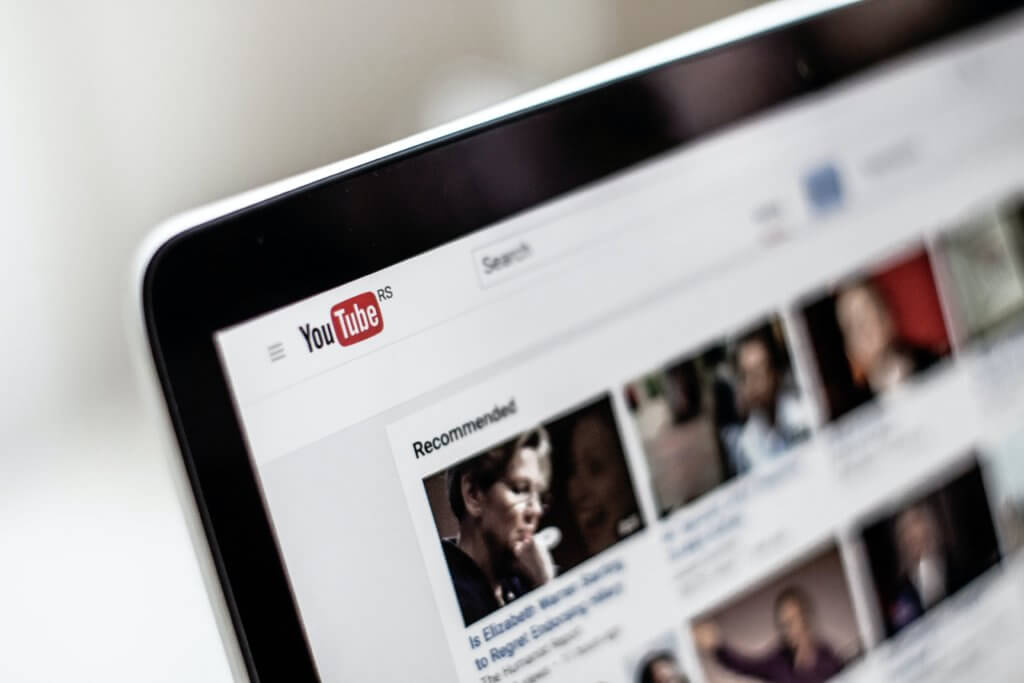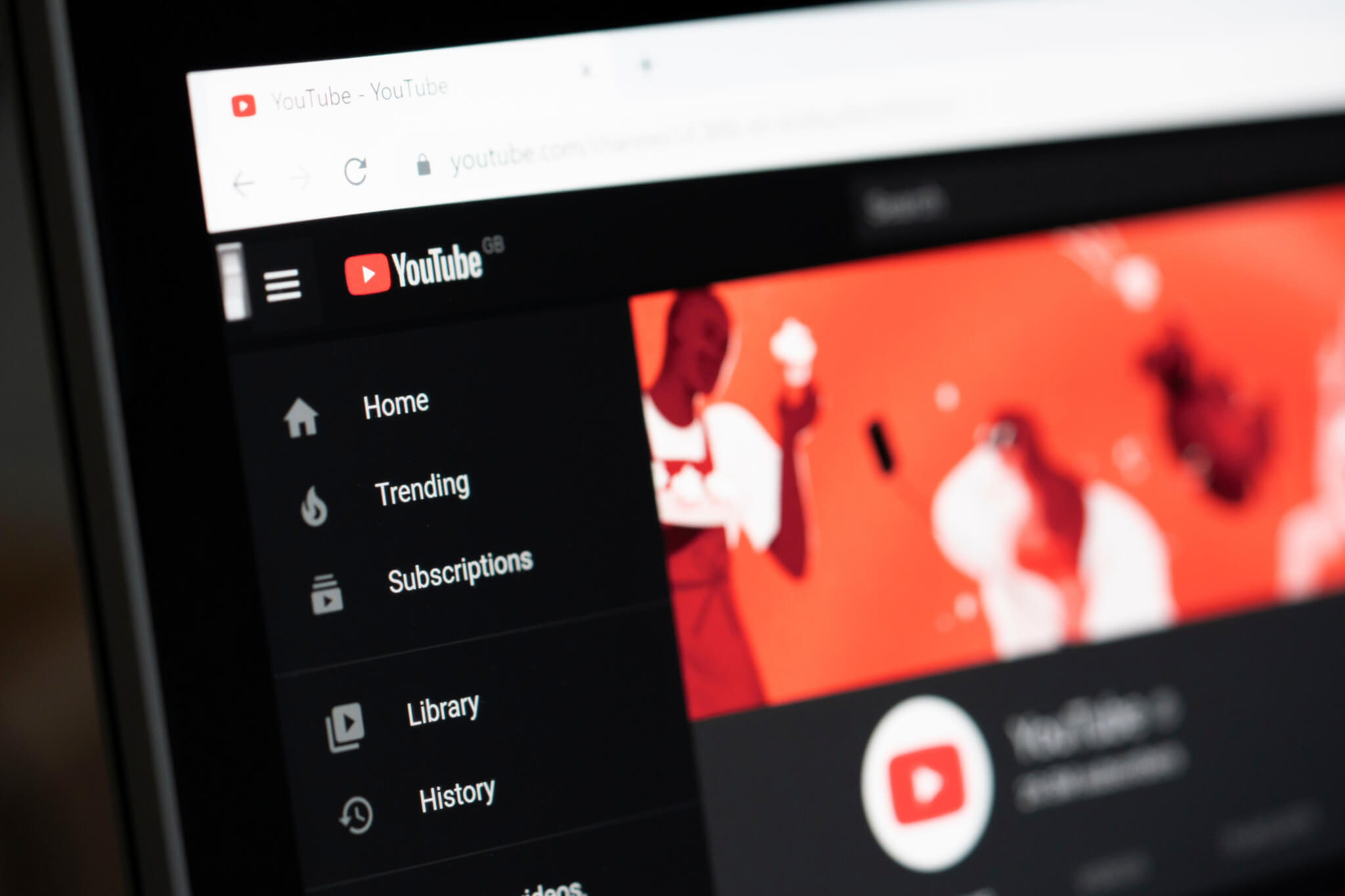QUEENSLAND, Australia — Since launching in 2005, YouTube has revolutionized the way people watch videos online. Offering users endless content on virtually any topic, there’s no denying YouTube’s convenience. Now, however, researchers from Griffith University suggest spending too much time on the platform can be detrimental to mental health. A team from the Australian Institute for Suicide Research and Prevention (AISRAP) report frequent, habitual YouTube users exhibit higher levels of loneliness, anxiety, and depression.
Dr. Luke Balcombe, and Emeritus Professor Diego De Leo from Griffith University’s School of Applied Psychology and AISRAP, originally set out to better understand both the positive and negative mental health implications associated with the world’s busiest streaming platform. Notably, individuals experiencing the most negative affects were young people under 29 years of age and those regularly watching content about other people’s lives.
Dr. Balcombe explains that the fostering of parasocial relationships between content creators and followers may be cause for concern. However, there were a few neutral or positive instances in which creators developed closer relationships with their followers.
“These online ‘relationships’ can fill a gap for people who, for example, have social anxiety, however it can exacerbate their issues when they don’t engage in face-to-face interactions, which are especially important in developmental years,” Balcombe says in a university release. “We recommend individuals limit their time on YouTube and seek out other forms of social interaction to combat loneliness and promote positive mental health.”
Is there a problem with YouTube’s algorithms?
Study authors add many parents are especially concerned about the amount of time their kids spend on YouTube. It’s common for moms and dads to say it’s tough to constantly monitor their children’s use of the platform for educational or other purposes.
During this study, the team considered spending over two hours daily on YouTube “high frequency use” and over five hours daily “saturated use.” Researchers also concluded much more needs to be done to prevent suicide-related content from being recommended to users via suggested viewing algorithms. YouTube’s algorithm suggests videos based on previous searches, potentially sending users further down a disturbing “rabbit hole.”
While users are able to report this type of content, it often goes unreported. Conversely, if a harmful video remains online for just a few days or weeks, due to the sheer volume of content passing through, it is usually near impossible for YouTube’s algorithms to stop all of it. If a piece of content is flagged as potentially promoting self-harm or suicide, YouTube generates a warning and asks users if they want to continue watching the video.

“With vulnerable children and adolescents who engage in high frequency use, there could be value in monitoring and intervention through artificial intelligence,” Dr. Balcombe continues. “We’ve explored human–computer interaction issues and proposed a concept for an independent-of-YouTube algorithmic recommendation system which will steer users toward verified positive mental health content or promotions.”
“YouTube is increasingly used for mental health purposes, mainly for information seeking or sharing and many digital mental health approaches are being tried with varying levels of merit, but with over 10,000 mental health apps currently available, it can be really overwhelming knowing which ones to use, or even which ones to recommend from a practitioner point of view.”
“There is a gap for verified mental health or suicide tools based on a mix of AI-based machine learning, risk modeling and suitably qualified human decisions, but by getting mental health and suicide experts together to verify information from AI, digital mental health interventions could be a very promising solution to support increasing unmet mental health needs,” he concludes.
The study is published in the journal Informatics.
You might also be interested in:
- ‘Dr. YouTube’ is spreading misinformation about good sleep habits, study says
- Just 17 minutes of YouTube can reduce prejudice toward mental health
- Class clowns: Study finds professors must ‘entertain’ students to keep them off YouTube


This study actually makes a lot of sense. I watch YouTube content while working out each day. My “subscriptions” are related to certain topics and hobbies that I engage in. However, there have been some channels that I unsubscribed from simply because I didn’t like the way they made me “feel”. Some content would be very toxic, would engage in shaming others, or would flat out be bullying behavior disguised as “just having fun”. That’s when I would unsubscribe and stop watching.
There are other channels that I still watch that show people’s lives. However, even these types of channels are starting to become potentially harmful. The content creators will use the terms “we” and “us” to make it sound like the viewer is an active participant or contributor. In reality, the viewer is the content creator’s enabler to be able to afford these supposedly lavish lives with nice houses, expensive cars, premium dining, designer clothes, etc. It reaches a point where it isn’t healthy to continually view this type of content as it can start to make you feel bad about yourself or feel less successful in life.
It is also amazing to see others commenting on videos praising the creator for their perpetual positivity, upbeat attitude, hard work, creativity, transparency, vulnerability, etc. These creators are largely actors, doing what they do to make money. They do what is needed to appeal to viewers and grow their channels. These creators are largely narcissists with an unhealthy need to share their lives with people. They are basically monetizing their narcissism. They veil it is a “community of followers” that they “love”, but the more I watch and learn and listen to these content creators the more I become almost disgusted by them and disappointed in myself for subscribing, watching, and contributing to their success. They only “love” people because they subscribe and generate revenue for them. They couldn’t care less about you as a person. They seemingly talk directly to you, but they don’t know you or remotely care about you as a person.
So yes, this study makes total sense. There are a few channels that haven’t yet reached this level for me, but I do find myself pulling away from more and more channels that I used to absolutely love simply because of the way I feel while watching them. Thankfully, I never got convinced to contribute to any on Patreon or start purchasing “merch”. That’s a whole other level of narcissism where these creators now want people to personally pay them for content and wear clothes emblazoned with their name/logo/channel name. That is simply excessive.
This is stupid….I’m officially certain that “Binging on Studyfinds leads to loneliness, depression”. You guys make this crap up don’t you?
I binge watch YouTube because I’m bored and can’t get to sleep. I don’t even know anybody on there.
Faaake…. YT is amazing for those that are already lonely XD… years ago Jacksepticeye said in a video that he like hearing that people put his gaming videos on for background noise so people dont feel like they are alone..
Yt is an amazong platform when done correctly. It help people woth loneliness, anxieties, depression…..find a video on something youre genuinely interested in and theres 100s if not more people you can chat with about the same interest and others like it that could be something new to explore and new people to experience it with and not have the worrying of talking about interests that irl friends dont care about..
Youtube is full of all sorts of diverse content. But it’s the automated algorithms and perhaps soon to be A.I. powered intelligence that determines your likes and the type of content you’ve been watching. Then it feeds more and more of that content to you. If you let one video play into the next one it will feed you similar content. It will also suggest content over time in your home page.
So you watch depressing damaging content, you are going to be seeing more and more of it. I’ve found if you change what you are watching eventually the system changes but you still end up with reminder content slipped in now and then. You jump back into viewing that content and suddenly you are flooded with more of the same.
Therefore, I find myself being very cautious about curating what I watch, what I like and what I subscribe to on YouTube. Lately, I just bookmark some channels and watch them while logged out of my Google account.